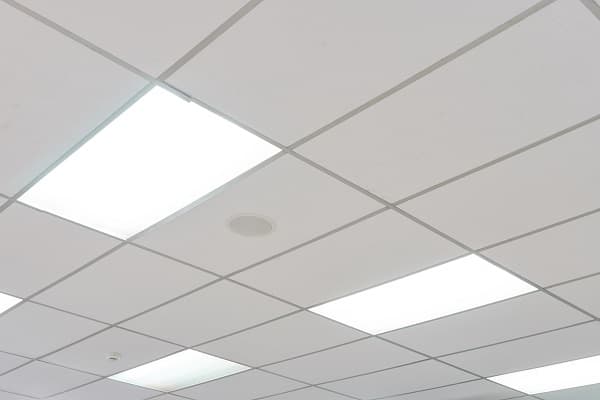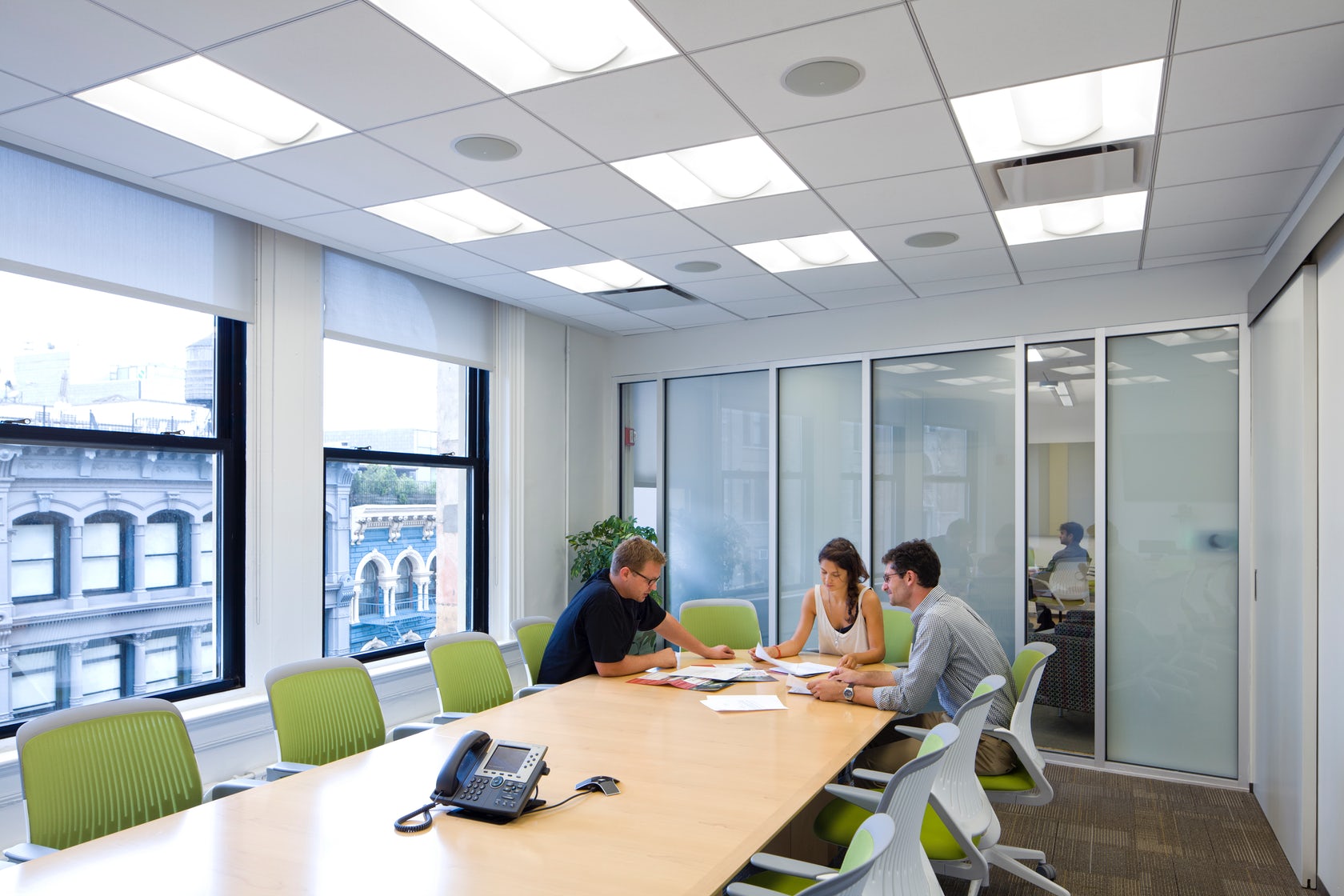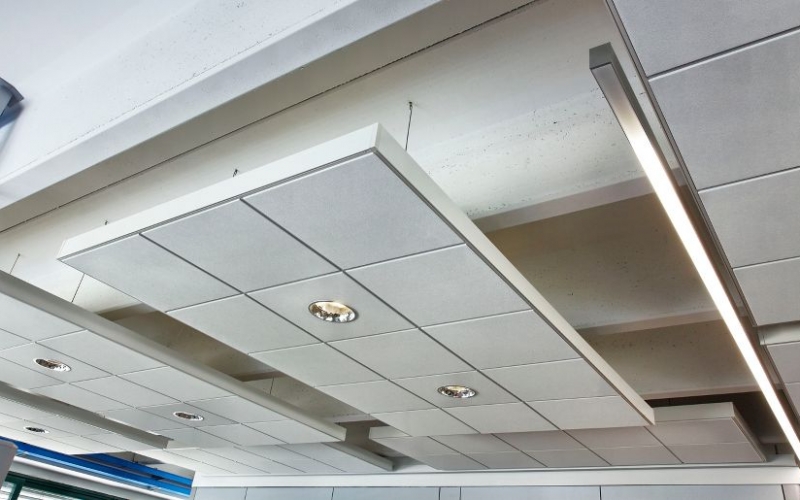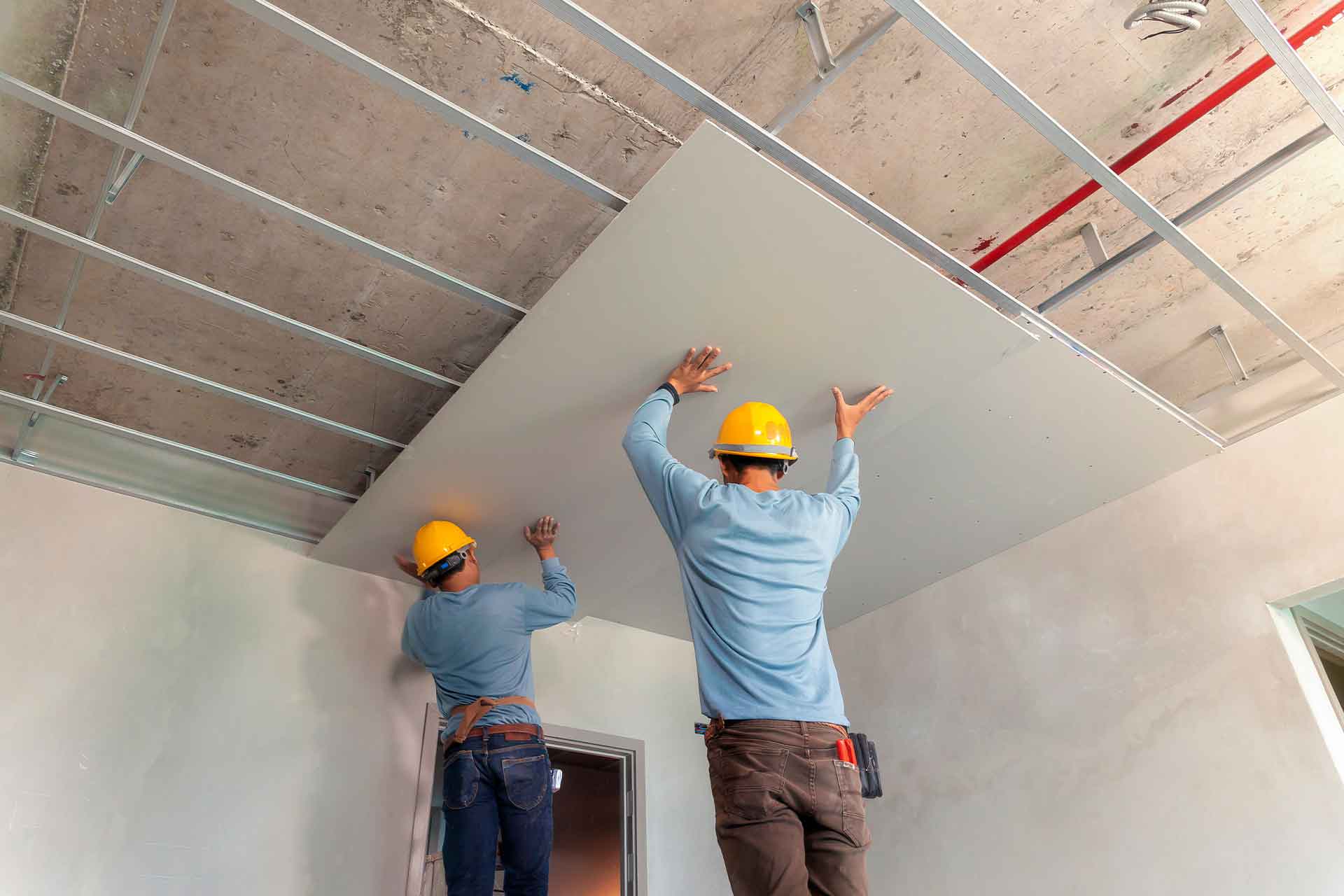
AESTHETICS
These ceiling systems can hide unsightly structural elements including electrical wiring, plumbing, and HVAC systems, giving the room a neater and more finished appearance. They come in a wide range of designs, colors, and materials, allowing for customization to match the overall interior decor and provide a clean and finished look.
 Call Us (01) 861 2000
Call Us (01) 861 2000





